Selected Projects:
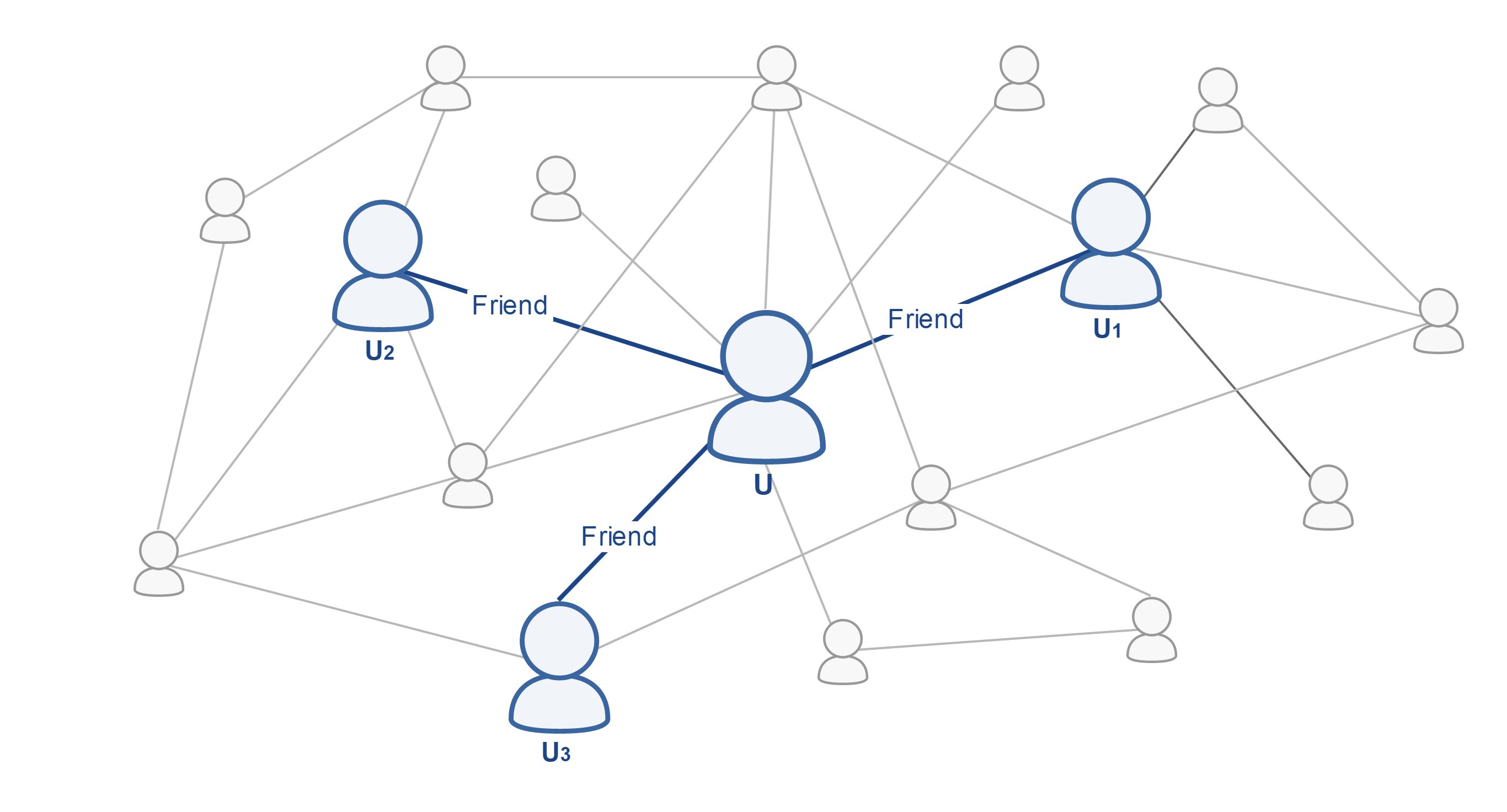
Social Privacy: Predictive Models
With the growing interest in regular communication and information sharing over online social media, privacy has emerged as a serious concern. Prior studies on user's online behaviour indicate that there is a disparity between the privacy-related attitudes of social media users and their actual behaviour in specifying their privacy policies. Therefore, despite the availability of the data, it is imperative for businesses to develop and employ algorithms to automatically predict users' privacy preferences for personalization purposes. To achieve this goal, I am currently exploring a variety of techniques including collaborative filtering, topic modeling, as well as clustering approaches to detect privacy preferences by utilizing user's social footprints.

“Change My View”: Detecting Persuasive Text
To detect persuasive acts in online deliberations, we studied various linguistic facets of written messages in a persuasion corpus collected from Reddit. As a result, we gained insight into the language dimensions that can lead to persuasion. We then built a feature set that is independent of the semantics and mainly contains linguistic attributes that are related to the organization and comprehensibility of the text (e.g., various readability and cohesion scores). The evaluation results of a set of supervised machine learning algorithms are promising, suggesting that surface-based linguistic attributes can significantly contribute toward persuasiveness, regardless of the underlying claims and arguments.
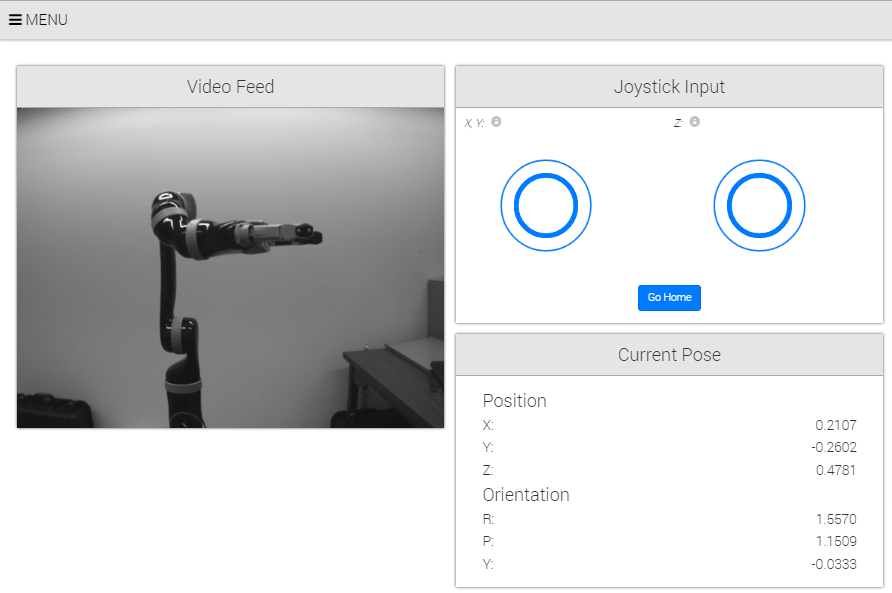
REALM
As part of the REALM team, I developed various components of the REALM user interface. In addition, I developed and conducted various usability studies and adjusted the design choices accordingly. This phase of the REALM project is focused on providing web-based platforms to facilitate real-time remote access to robotic equipment. This tool is intended to allow mechatronics students to observe, interact with, and collect data from a robotic device and to learn about its dynamics and operations.
Rationale Identification Model
This model is built to identify rationales in the text of discourse. Rationales are the pieces of text that are provided by users to back up their claims. The three rhetorical relations of circumstance, elaboration, and evaluation are shown to be commonly present in rationales and justifications. Therefore, a model capable of the identification of these relations can be of great value in the detection of rationales. To build such a model, a semi-supervised approach is followed, where a set of lexical cues is extracted from RST annotated datasets using an altered version of TF-IDF. The cues are then utilized alongside a set of language models to detect rhetorical relations. These Markov models are built on a set of POS-tagged and dependency-parsed sentences to understand in what context the presence of a lexical cue indeed implies the existence of a relation.
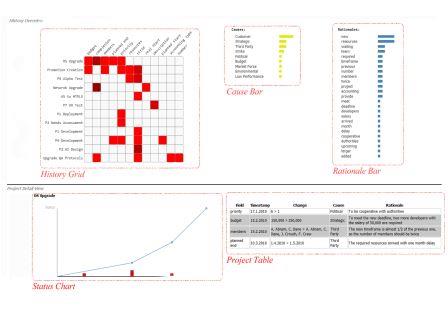
projectTales
ProjectTales is a Web-based tool designed and developed to support project managers' decision-making processes in change situations. This tool takes advantage of the valuable information buried in the history of projects and provides various visual and interactive representations of the previous changes. Using ProjectTales, project managers can explore the history of projects, find the change situations similar to their current one, interpret the impact of the change decision, and potentially reuse the decision and the rationale for the change. We are currently planning a user evaluation.
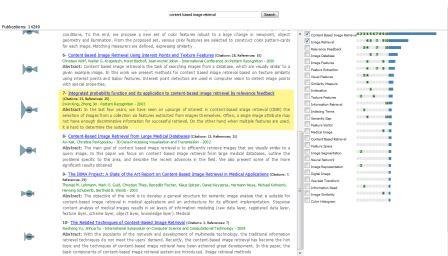
Bow Tie Academic Search
Bow Tie Academic Search is a novel library search interface aimed at supporting the strategic retrieval behaviour of searchers. In this system, the traditional list-based representation is enhanced with a set of tools that are designed to provide visual and interactive support for query refinement, search results exploration, and citation navigation. A user study was conducted to compare a list-based search interface to Bow Tie Academic Search. The results illustrate the potential benefits of taking a visual and interactive approach to search interfaces.
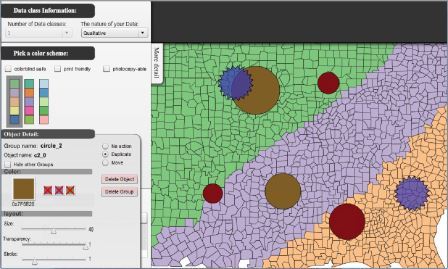
Enhanced ColorBrewer
ColorBrewer allows users to select appropriate colour schemes for geographic maps. Following a set of well-established color theories, this enhanced version of the system eases the process of designing geo-visualization systems by automatically suggesting appropriate colors for the glyphs that may need to be placed on the underlying colored maps. A user study evaluation of the tool revealed its potential benefits and effectiveness.
